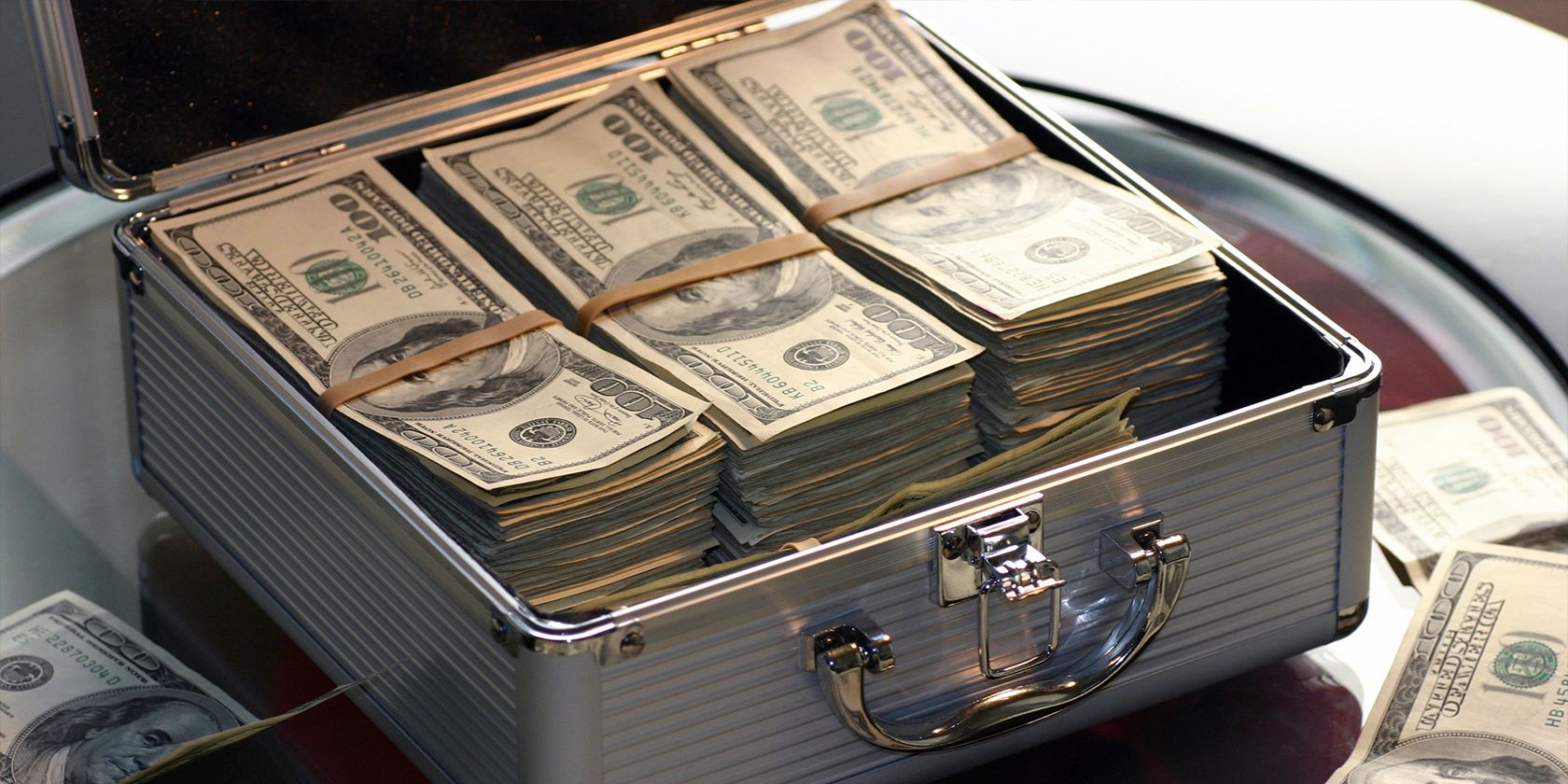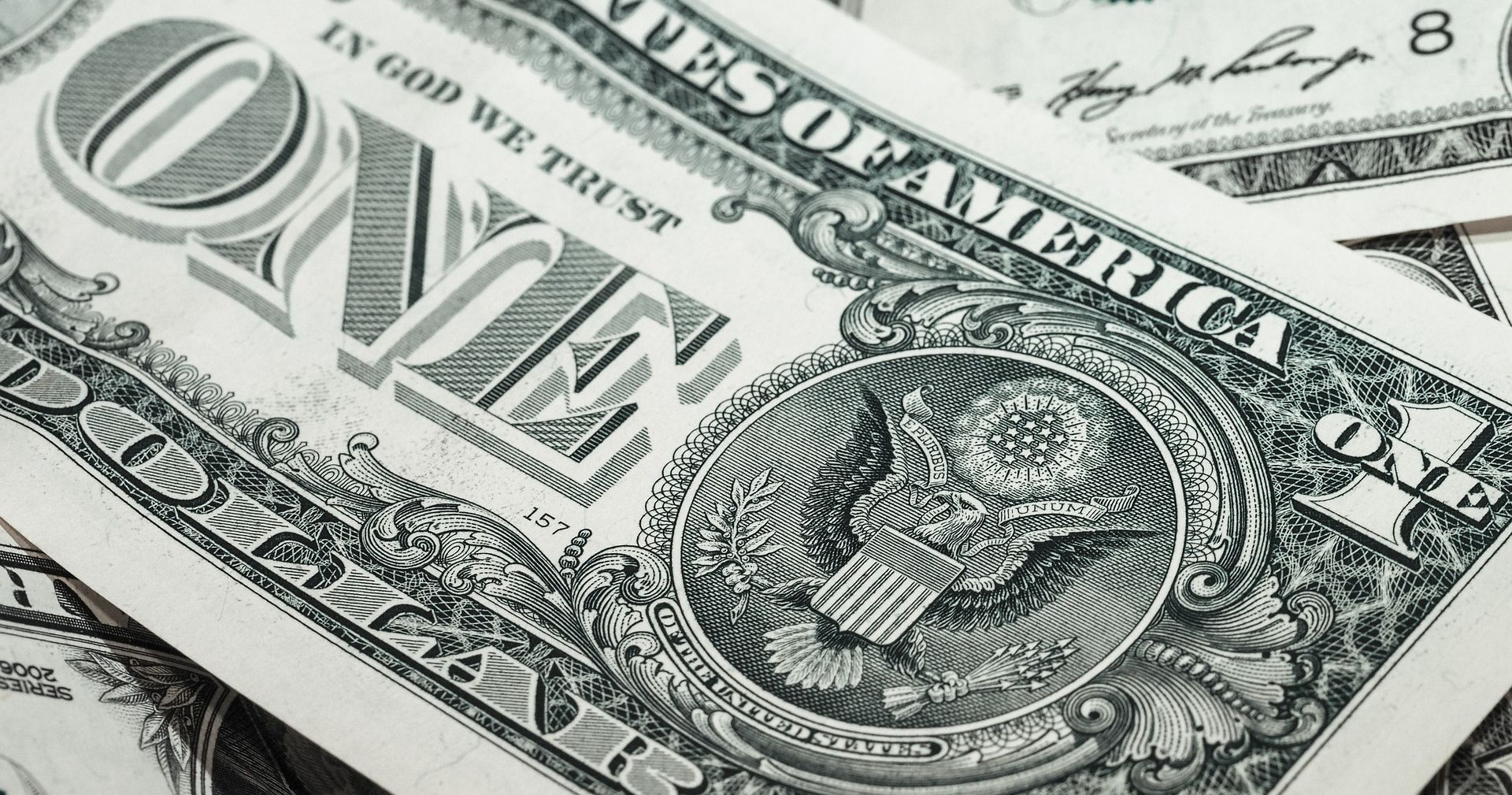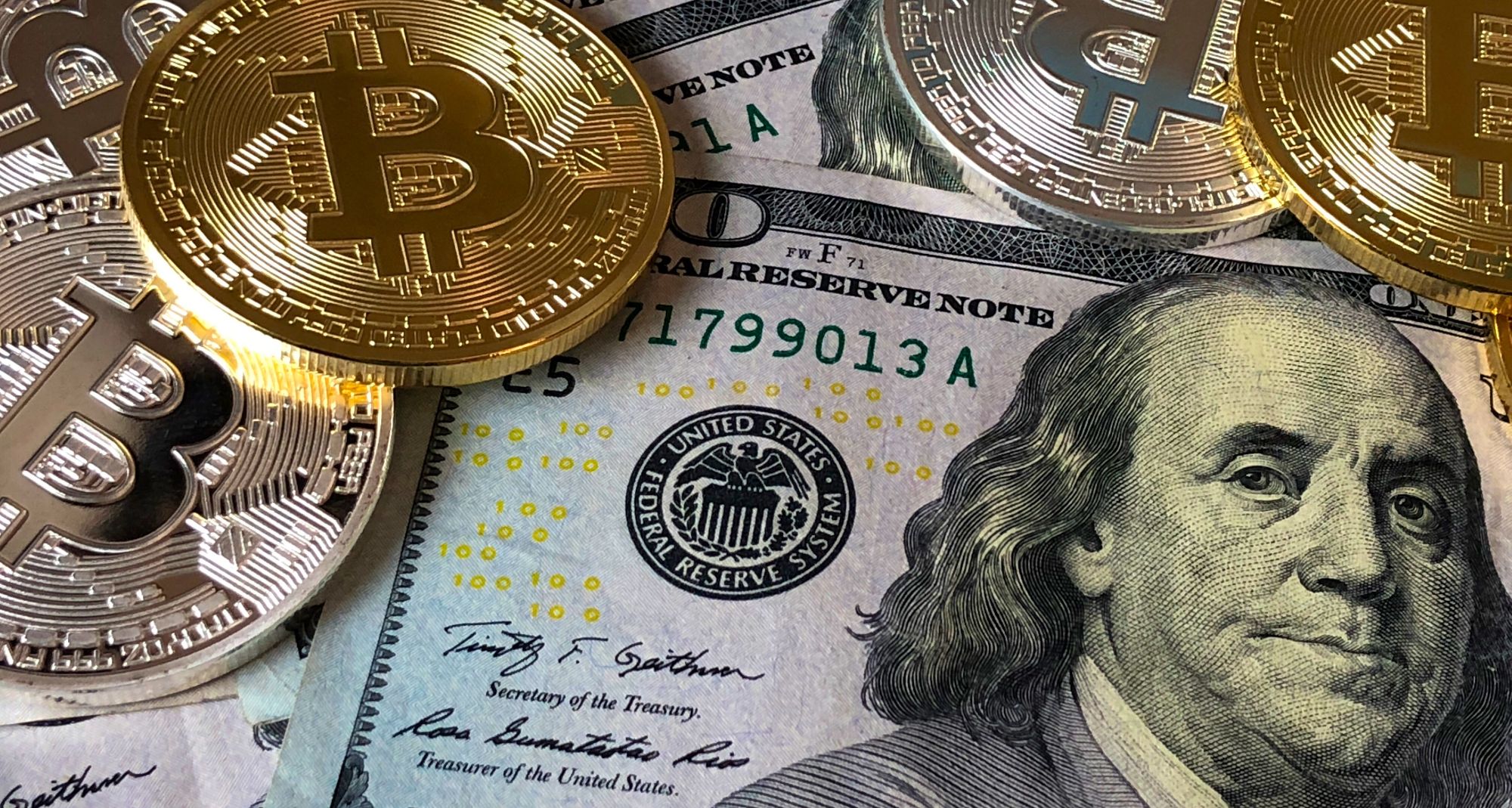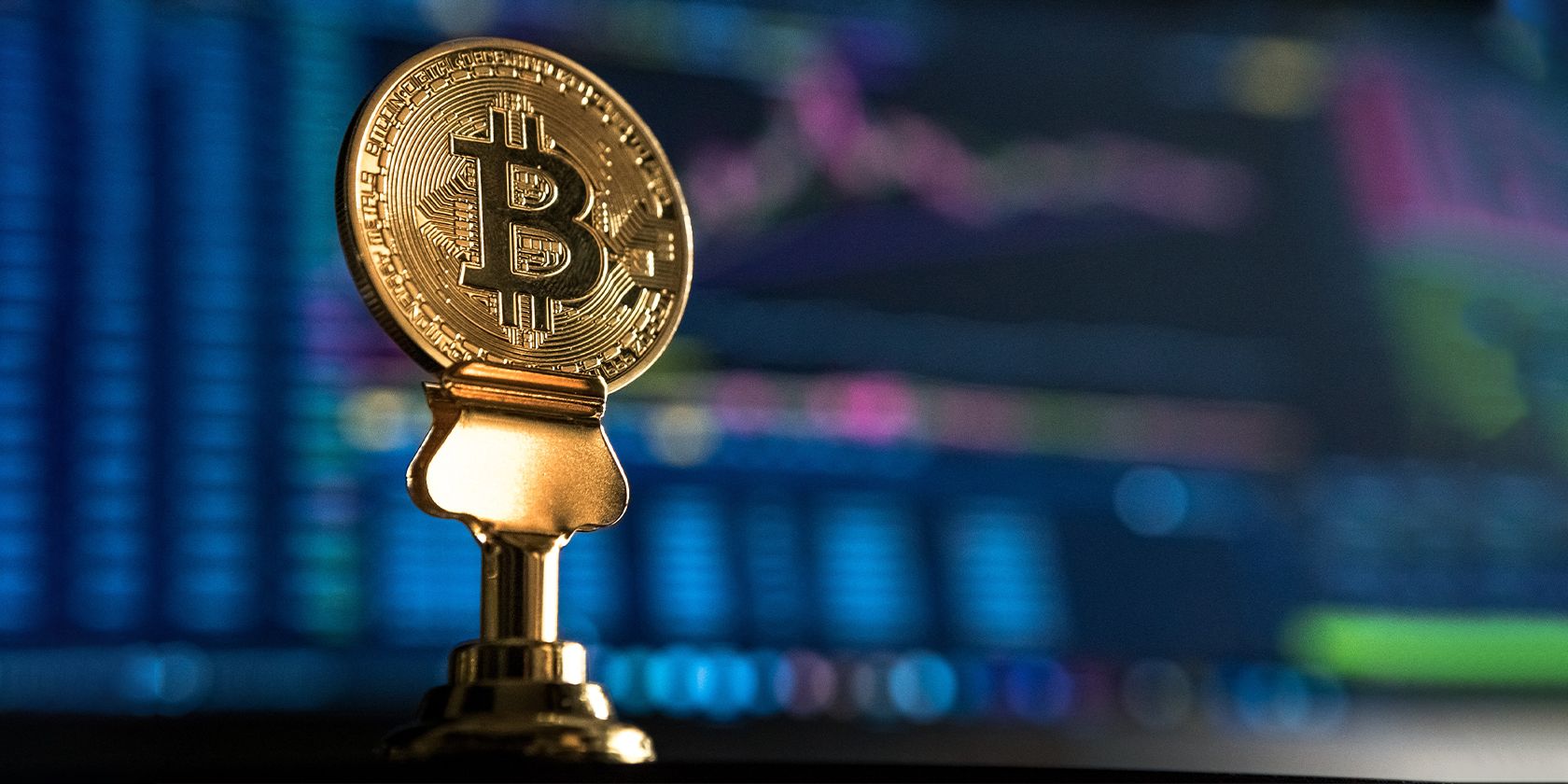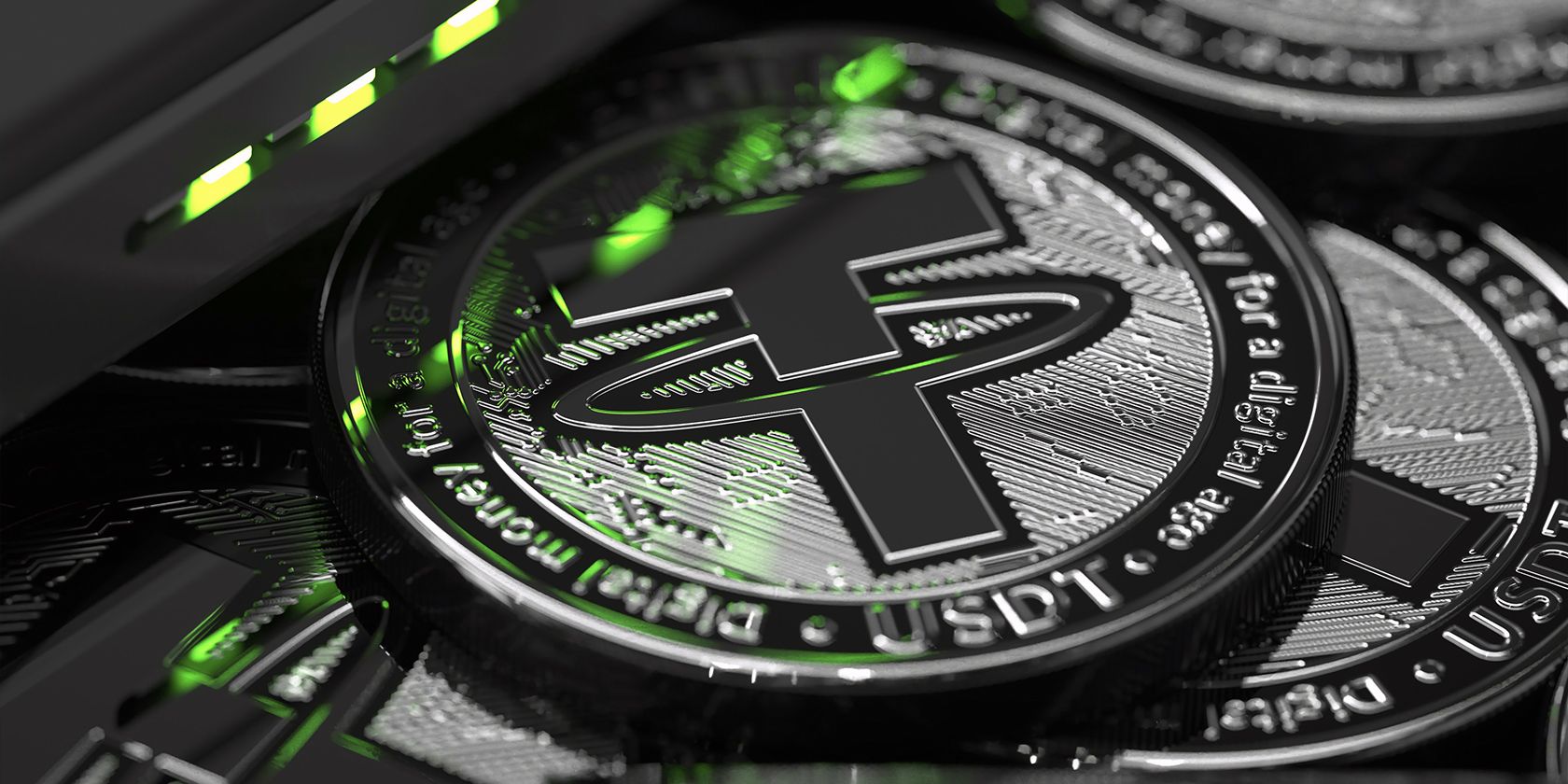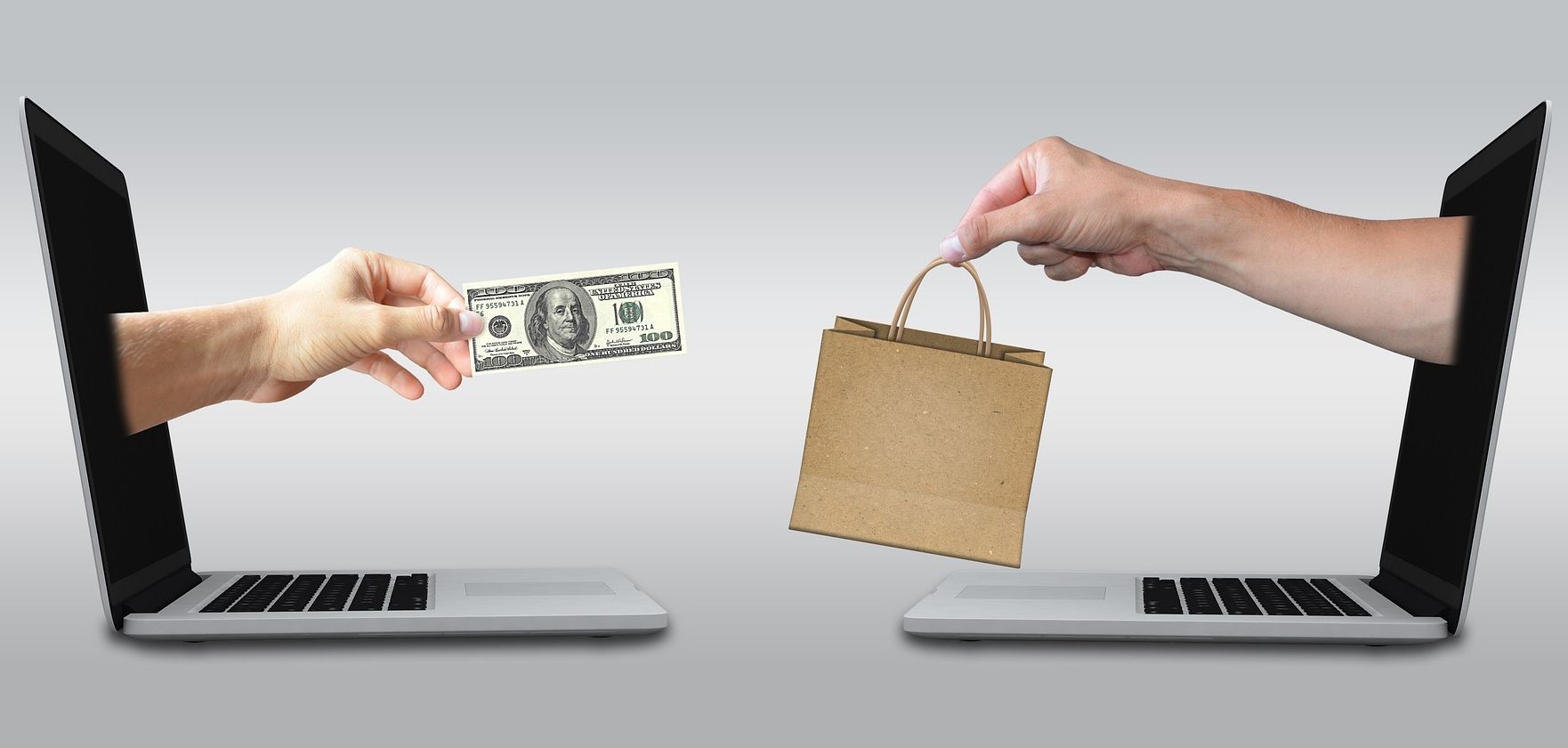As the crypto industry has grown exponentially over the past few years, new terms have arisen, including "fiat". Certain currencies can be referred to as fiat, but fiat does not mean crypto. So, what exactly is fiat currency, and what is its role in our modern day?
What Is Fiat Currency?
Simply put, a fiat currency is issued by a government but not backed up by a physical asset. In the past, the national tender was linked to collateral, such as gold, silver, or oil. But as economies grow and inflation increases, the ability to use physical collateral dwindles. This is one of the reasons why fiat currencies have come about.
The term "fiat" is used because it describes a kind of formal decree. Therefore, when a government issues any kind of currency, it does so via fiat. What's nice about fiat money is that it essentially gives governments more economic control. This is because governments can decide how much of a given fiat currency they want to print or mint.
Today, many of the currencies you're likely familiar with can be considered fiat. The British pound, US dollar, and Euro are all government-issued and deemed to be national tender but have no tangible collateral.
Unlike precious metals and other valuable resources, fiat money is given value by the government that issues it. After all, a dollar bill is just a piece of paper if its subjective economic value is stripped. Try paying for a cab with a twenty US dollar bill in Spain, and you'll also see how reliant fiat money is on its native economy.
But fiat money wasn't always this dominant. The US Dollar, for example, was once backed by gold. This was known as the "gold standard". Between 1879 and 1933, the United States directly linked the price of the dollar to a certain amount of gold. But the Great Depression of 1929 made it impossible to maintain the gold standard, and the system soon collapsed. Since then, the US dollar has not been directly backed by gold or any physical collateral, for that matter.
The term "fiat" has been around for over 150 years, though fiat money has been around since the Song Dynasty of 11th-century China when notes began to represent financial value. It wasn't until centuries later that this form of currency began to become central to national economies.
But with the rise of cryptocurrency in the 2010s and 2020s, the term "fiat" has become more well-known worldwide. So, why is this the case?
Fiat and Crypto
In recent years, you may have heard the term "fiat" intermingled with the crypto realm. But this doesn't mean that all cryptocurrencies are fiat. In fact, most aren't. A fiat currency must be issued by a government, while most cryptocurrencies are created by non-governmental individuals or groups.
Bitcoin, Ethereum, Litecoin, Dogecoin, and hundreds of other crypto assets are considered not to be fiat, though there is now some debate around whether Bitcoin should receive this title.
This is because, in 2021, the South American nation of El Salvador adopted Bitcoin as a legal tender. Though El Salvador's government did not create Bitcoin, the decision to adopt this asset as a legal tender calls into question whether Bitcoin can be considered fiat in this specific country—and it certainly is. The El Salvadorian government has declared Bitcoin its main fiat currency, along with the US dollar.
But El Salvador isn't the only country with a vested interest in digital currency. Amid a wave of hyperinflation beginning in 2016, the Venezuelan government was working to find an alternative to its national currency, the bolívar. To hedge this drastic decrease in the value of the bolívar, the government issued a new currency—a cryptocurrency known as the petro (₽).
While it was initially thought that the petro was backed by oil, this didn't turn out to be the case. In fact, the petro isn't backed by any physical asset, making it another example of a digital fiat currency. While Venezuela still uses the bolívar, the petro now stands as another form of legal tender that residents can use within the country.
The reason why crypto and fiat money have become so intermingled is that the two are very often compared or mentioned together. For example, an exchange may state that you can trade on its platform in both crypto and fiat.
There's also a lot of controversy around both of these financial asset types. Some think cryptocurrency is set to fail, whereas others see government-issued fiat money as bad news due to the public's mistrust of legal authorities.
The Stablecoin Confusion
But not all cryptocurrencies aren't backed by anything at all. While this is the case for standard cryptos like Bitcoin and Ethereum, another breed of cryptocurrency uses physical collateral.
Such assets are often referred to as stablecoins. However, it's important to note that not all stablecoins are backed by collateral. There are various types of stablecoins out there, some of which have no kind of tangible backing. But let's discuss a stablecoin backed by physical collateral: Tether Gold.
You may have heard of Tether (USDT) before. This is an incredibly popular stablecoin pegged to (but not backed by) the US dollar and backed by the reserves of Tether Limited Inc. But to make things simpler here, we're going to discuss Tether Gold, a stablecoin backed by, you guessed it, gold.
Each Tether Gold token, or XAUT, is worth the same amount of money as a troy ounce of gold. The currency is backed by and pegged to gold, meaning Tether Limited Inc. has its own reserves of gold, which are currently held in Switzerland.
But while Tether Gold is backed by a physical asset, it isn't government-issued, which means it does not qualify as fiat currency.
How Fiat Currency Is Used
Unlike most cryptocurrencies, fiat currencies can be spent in various ways. As previously discussed, many countries now use fiat currency as a legal tender, so its use is somewhat endless. The British Pound, for example, can be used to buy anything within the United Kingdom. It is also used in loans, mortgages, gift-giving, and insurance.
In short, if a fiat currency is a national tender, it can be used in countless ways within its legal region.
But, as we already know, fiat currency is not very internationally versatile. So, it's nothing short of crucial within the economy (or economies) that legalized it, but its value fluctuates wildly depending on the issuing country and where it's being spent. Therefore, most fiat currencies are subjective, and their value depends on where you are.
Fiat Currencies Rule the Economy
Today, there's no denying that fiat currencies are inherently crucial to most countries. While any kind of valuable physical asset doesn't back this currency, it's still claimed dominance over the global economy and plays a significant role in each of our lives.

